Enter advertising, be a communicator: AG Krishnamurthy
He was inducted by The Advertising Club, Calcutta, into their 'Hall of Fame' and has also won awards from the AAAI. A visionary man, Krishnamurthy has a clear sense of understanding in what he did and always made sure he gave it his hundred percent. With his vast bank of expertise and knowledge, Adgully presents him in an exclusive interview.
Adgully: Tell us about your early years in Advertising...
A.G.Krishnamurthy: I joined Shilpi Advertising in 1972. I was sent for a 3 month training stint post which I was asked to begin Shilpi Advertising in Ahmedabad. In three short years I was made Dy Branch Director and I got to work on some of the big names at the time ' GIDC, Handloom House besides handling the Calico account. It was about the same time that Vimal began their advertising. My team and I had gone over to pitch for the account and that is how I met Dhirubhai. The pitch process went on for about six months after which we still failed to win the account, but I was offered the job of setting up an advertising department in Reliance. I took it and that little department was like a small agency in itself, complete with dark room, studio, writers, a Media department etc. In a short while this little group became the founding group of Mudra Communications when Frank Simoes had to let go of the Vimal brand as there was a conflict of interest with Raymonds, a brand that he had been handling for a very long time.
Ag: What have been some of your high points in the advertising space?
AGK: Founding an advertising agency in the 80s in a town like Ahmedabad ' so far removed from the ad world ' infrastructure and resource-wise.
Setting up an online advertising resource centre - magindia.com
And of course, the continuous accolades for Vimal and Rasna. Here I must mention that there was a time when we had just started advertising for Vimal Suiting, we had submitted our work at the Reliance advertising department along with the work of Frank Simoes for the same brand for the Bombay Ad Club Awards. We won. That will always remain an unforgettable high point in my life.
Ag: How has this space evolved in the last five years?
AGK: Over the last five years:
Clients demand immediate gains for their ad spend rather invest in long-term brand building activities.
Better access to technology has raised the standard of quality across all products thus making product differentiation an almost impossible task. Consequently price has become the differentiator which is probably why there is a demand for "sale' type ads. The victim in this progress has been the quality of advertising which has unfortunately become drastically mediocre.
Digital advertising can't be taken into account as yet as it is only ½% of the total ad spends
Ag: What are the challenges in this field?
AGK: Brand differentiation as I mentioned earlier.
And trying to retain it.
Ag: What is your new book about?
AGK: To those who have had to figure out the hard way how Indian Advertising works' either on their own or with under the mentorship of someone, this book is a veritable goldmine, making them wish that someone had given them all these directions within the covers of a book on their first day in the not-so-glamorous world of advertising! These are simple, commonsensical points, not requiring too much explanation but their veracity is bound to strike a chord with seasoned professionals and clients alike.
The essence of the book is summarized in the opening quote by Bill Bernbach which says: "It is insight into human nature that is the key to the communicator's skills. For whereas the writer is concerned with what he puts into his writing, the communicator is concerned with what the reader gets out of it. He therefore becomes a student of how people read or listen." Most of the twenty guidelines chalked out in the book revolve around this insight.
These twenty tenets have been communicated as conversations between two fictional characters Vikram, the shishya and Vithal, the guru. It is a common practice in the industry when colleagues both past and present meet for a drink to help each other as they try to negotiate the tricky and often turbulent seas of the Indian ad world. Peppered with case studies disguised as anecdotes, it sends the message across without too much sermonizing. This format has been deliberately adopted in order to keep up away from text-book doctrination and reaffirm the one-on-one learnings of the author.
Ag: What are the 3 important aspects an advertising practitioner should keep in mind?
AGK: Consumer, consumer, consumer. And I can't reiterate Bernbach's statement enough: "It is insight into human nature that is the key to the communicator's skills. For whereas the writer is concerned with what he puts into his writing, the communicator is concerned with what the reader gets out of it. He therefore becomes a student of how people read or listen."
Ag: Could you share some of your favourite clients?
AGK: Vimal ' till we were allowed to handle everything
And of course Dhara which has always given us both of the above.
Ag: Could you share some of your memorable work?
AGK: The work we did for Vimal, Rasna and Dhara.
Ag: What do you predict the future of this space would be?
AGK: More and more competition.
AGK: Wherever you are from, whatever your skill sets, once you enter advertising ' you are a communicator. | By Janees Antoo [janees(at)adgully.com]




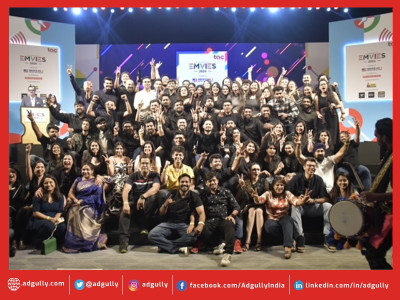
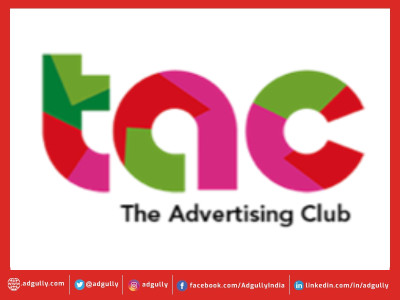


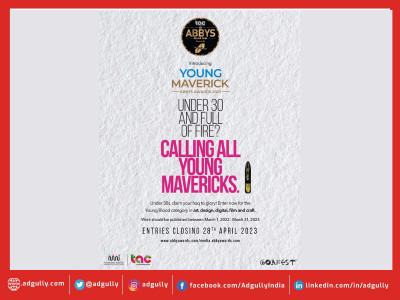
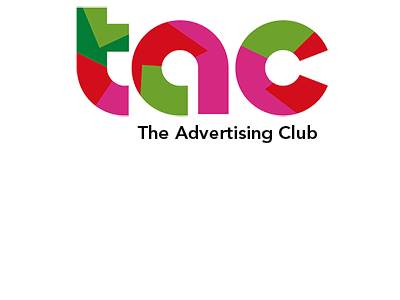


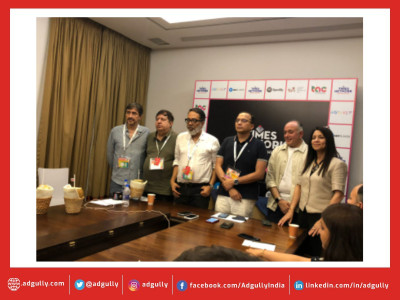
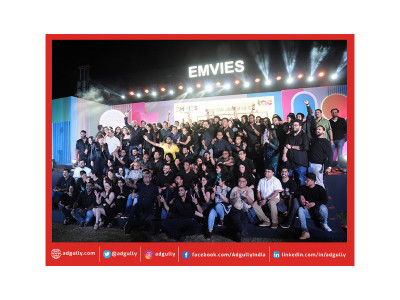
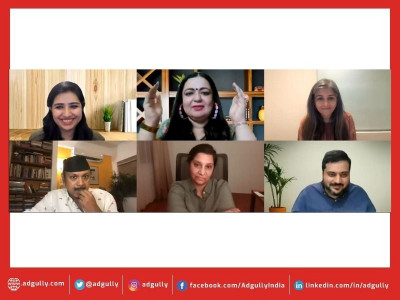
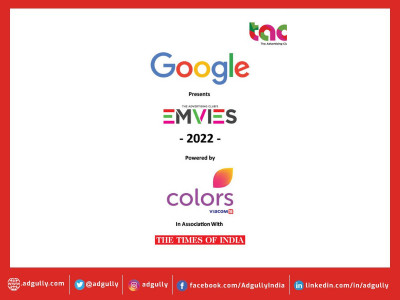


Share
Facebook
YouTube
Tweet
Twitter
LinkedIn